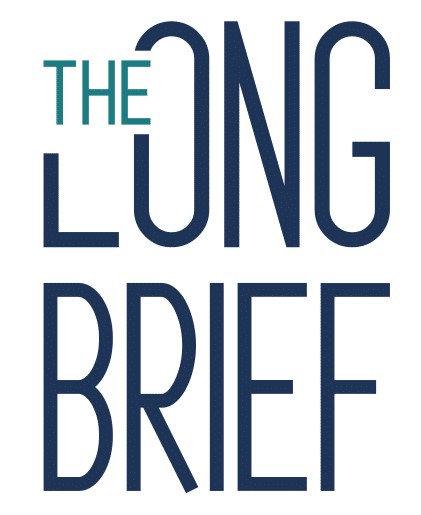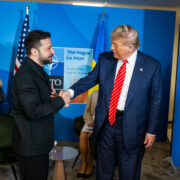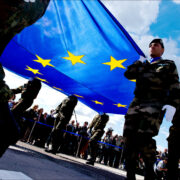As the new European Commissioners take their places, the EU faces pressing challenges like the war in Ukraine and the transition from relying on Russian energy. Amidst these geopolitical conflicts, lies a quieter but equally profound task: nurturing a shared European identity. For the next five years, Glenn Micallef, Commissioner for Intergenerational Fairness, Youth, Culture and Sport is tasked with addressing the complex question of identity; an endeavor that is not merely symbolic, but a fundamental component of the EU’s political cohesion and future stability.
As a Hungarian studying in the Netherlands, I live and breathe the European project. My peers, lecturers and professors are from all over Europe, and interacting with them is a constant reminder that the European identity is not just an abstract concept, but something tangible, built through shared experiences and values.
For most Europeans, their reality differs, thus, the question persists: why do so many European citizens feel disconnected from the Union?
Why is the European identity still viewed as a project rather than a reality?
The Commission’s Eurobarometer 101 data from Autumn 2024 shows that 74 percent of Europeans ‘feel they are citizens of the EU’, the highest figure noted in more than two decades. This data would indicate progress in fostering a sense of belonging, yet, only about 1 in 3 respondents identify as ‘European only’. It is clear that for many, the predominant identity remains their national one, with European identity seen as supplementary, rather than central. Such data, mapped by the attitude of the respondents and the rise of Euroskeptic leaders across the EU poses a discrepancy. To resolve this conflict, Professor Theresa Kuhn of the University of Amsterdam offered a solution by arguing that distinction between the ‘European identity’ and ‘support for the EU’ is vital.
An individual, she stated, may feel a connection to European identity but also disagree with current EU policies.
As the EU is aware, one of the most prominent ways of countering the lack of connection between Europe and its citizens lies in the popularity of the Schengen area, reflected in the Special Eurobarometer 549 questions as well. The Schengen Area, serving as the tangible symbol of European integration, had almost 80 percents of respondents hearing of its existence with almost half of them understanding its purpose. However, the lingering knowledge gap concerning the EU’s actions reflected in this questionnaire with around 20 percent of answerers being unaware of Schengen, and half of all respondents remained unaware of the specific measures involved in sustaining the Schengen Area. To bridge this gap, the EU prioritized educating the public about its institutions and actions: in Hungary, for instance, a basic understanding of EU institutions, their responsibilities and process is part of the compulsory curriculum in history classes. But such measures hardly seem enough to counter intragenerational disparities.
While urban citizens often have a stronger sense of European identity, rural or economically marginalized communities tend to feel more disconnected.
As discussed by Professor of Sociology Juan Díez Medrano at University Carlos III de Madrid, the public sphere would be vital to fostering political identity, but this much-needed ‘Europeanization’ of national public spheres remains restricted. EU-focused media coverage is often sporadic, builds upon buzzwords, and rarely provides detailed or cohesive information: such limited reporting exacerbates the divide between citizens and the EU, particularly in regions where European initiatives are less visible.
As per intergenerational differences, Douglas R. Holmes, Distinguished Professor of Anthropology at Binghamton University, emphasized that post-Maastricht, the formation of European identity became future-oriented and experimental, driven by regulatory changes, see EU directives on agriculture or trade. For the generation before mine, Europe primarily existed as an external, aspirational entity, and the joining Central and Eastern European countries viewed the EU as an economic and political necessity following decades of isolation under Soviet influence.
The European identity is a living, breathing project built on mutual respect, and shared values. I believe in the EU and in its identity, and the data shows that collectively, we are moving in the right direction: in 2010, a mere 60 percent identified asEuropean, while in 2024, not yet 15 years later, almost three quarters of the respondents reported ‘feeling European’.







